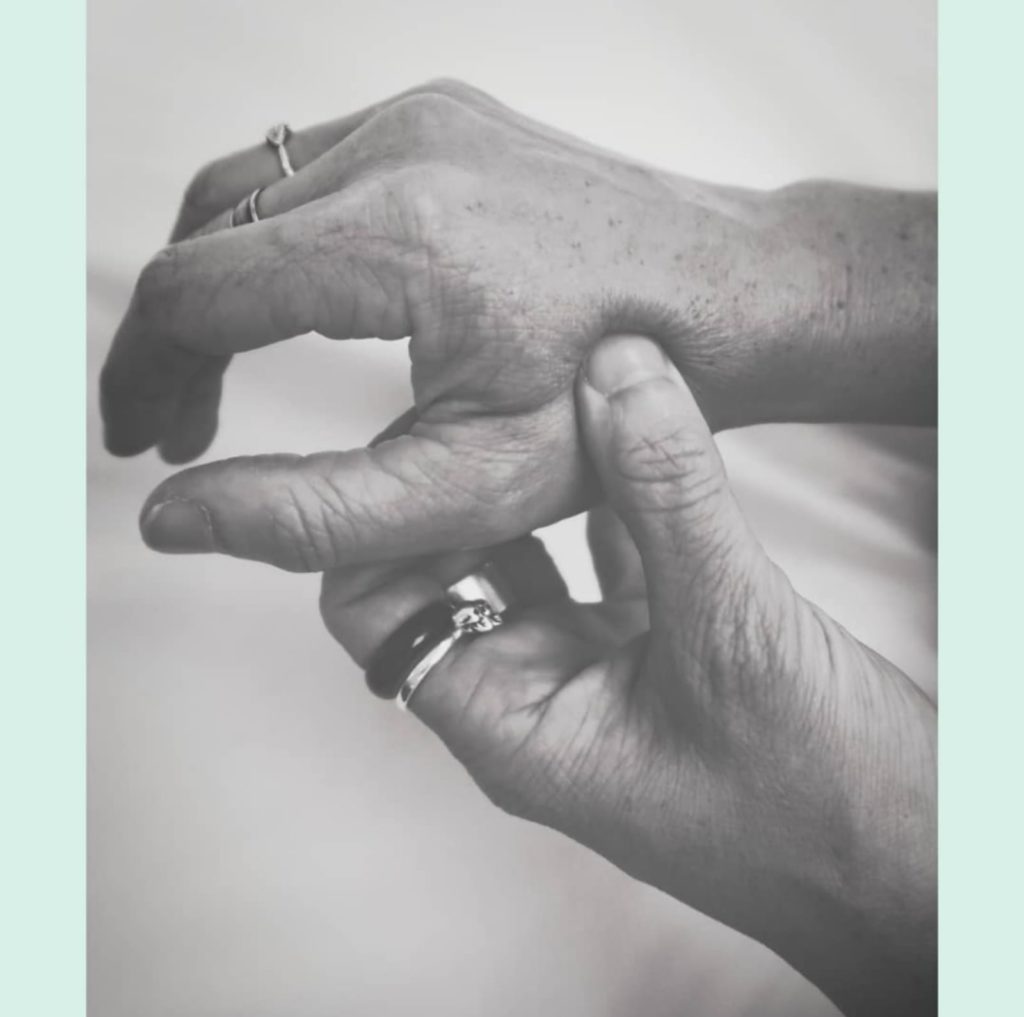As an 80s child, the pink sugary Calpol liquid was my childhood go-to for sickness. This progressed to NightNurse and a medley of cold and flu, paracetamol and ibuprofen pain management remedies.
Sometimes we need a quick fix, especially when parents need to sleep and there are the usual stresses of daily life to get on with.
The problem for me was that quick fixes is mostly all I had in my wellness arsenal. I did not learn any other remedial methods. Once my system had succumbed to sickness, or my back pain got so intense, I would ingest almost any pain management solution to alleviate the discomfort.
My usual strategy was: Neck a pill. Don’t miss work. Get on with life. (This was even more the case when working as a consultant earning a day rate).
This approach to managing my health felt limiting, frustrating and rarely provided any insight on the root cause of the symptoms I was experiencing.
This all changed when I fully embraced the power of Eastern Medicine, and brought practices from Shiatsu, Reiki, Qi Gong and Acupressure into my self-care. I also made significant lifestyle changes that created more balance, through improving diet, exercising more and reducing my working (desk-bound) hours.
There are a few issues with the quick fix approach.
It treats the symptom rather than the cause.
In the rush to feel better, the inclination may be to focus on the pain or another symptom, rather than examining the source or the ‘root cause’ of the problem. If the cause is never determined then the problem persists.
It makes us passive participants in the care of the self.
There is nothing wrong with turning to another for support when we need help. History is full of well known caregivers: Mother Teresa, Florence Nightingale, and Bian Que, the famous doctor of Traditional Chinese Medicine.
Every community needs a caregiver. In shamanistic cultures, some people were called by Spirit to serve the needs of their community as shamans.
However it is when we look solely to others and outsource our care to ‘experts’ that we create a dynamic of passive participant and active expert. This ‘fix me’ mentality ignores the potential of our self-healing abilities and discounts our own innate wisdom.
So what’s the alternative?
Empowering the receiver with practices to use in their own time re-frames self-care as an ongoing process of engaging with one’s own Ki, the animating force that gives us life. This acupressure point is excellent for pain relief.
The Practitioner of Eastern Medicine works to mitigate distress in a one-to-one context and the session may also involve the sharing of knowledge (and therefore power).
For example, a Shiatsu session may include any mix of suggestions for the receiver to do between treatments: exercises to stretch and strengthen energy meridians; acupressure points to press or moxa; and recommendations for lifestyle changes.

The Eastern Medicine approach.
A Practitioner will be interested in three key areas to create your health picture: your lifestyle, general health and current condition. A part of this will assess pain:
“Pains anywhere from head to feet should be checked out for frequency, possible cause, the nature of the pain, the precise area whether it is better for pressure, heat, cold, movement or rest.”
Book a FREE 15 minute Consultation to understand your health picture and how Shiatsu and Reiki could benefit you. We can explore the symptoms or challenges of any conditions you are experiencing, and work together to determine the root cause.
Your weekly dose of Eastern wellness.
Balanced, Happy and Whole is a weekly online class sharing a blend of self-Shiatsu, Reiki, Qi Gong and Acupressure. It is open to all and is repeated so that you can re-cap your new skills and join whenever you want, to deepen your self-healing muscle. All proceeds are donated to a UK registered charity.






